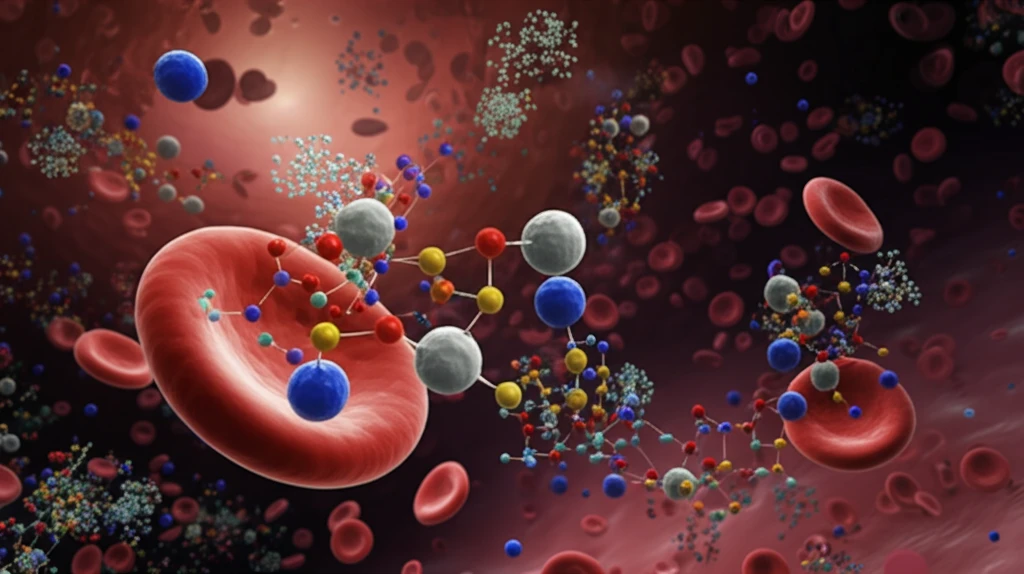
Decoding Leukemia: How NOTCH Activation Could Lead to Targeted Therapies
"Unlocking the role of glycosyltransferase expression in acute myeloid leukemia (AML) to revolutionize treatment approaches."
Acute myeloid leukemia (AML) is a complex and aggressive cancer affecting the bone marrow and blood. Scientists are constantly seeking new ways to understand and combat this disease. Recent research has shed light on the role of NOTCH signaling, a crucial pathway that regulates cell growth and differentiation, and its interaction with glycosylation, a process that modifies proteins with sugar molecules. This intersection could hold the key to developing more effective and targeted AML therapies.
NOTCH signaling plays diverse roles in regulating the growth of AML cells. Glycosylation of NOTCH receptors is known to modulate NOTCH activation. However, the specifics of NOTCH glycosylation in AML cells remain unclear. A new study has examined how ligand-induced NOTCH activation influences the expression of NOTCH-modifying glycosyltransferases, enzymes that control glycosylation, in AML cell lines.
Researchers stimulated AML cell lines, THP-1 and TMD7, with recombinant NOTCH ligands JAGGED1 and DELTA1, and then analyzed the expression levels of glycosyltransferases. The goal was to determine how NOTCH activation affects the glycosylation machinery within these cancer cells, potentially revealing new therapeutic targets.
Unveiling the Connection: NOTCH Signaling and Glycosyltransferase Expression

The study revealed that stimulating AML cells with NOTCH ligands significantly impacted the expression of several glycosyltransferases. In THP-1 cells, ligand stimulation boosted the expression of POFUT1, LFNG, MFNG, RFNG, GXYLT1, GXYLT2, and XXYLT1. In TMD7 cells, the expression of RFNG and GXYLT1 was increased.
- POFUT1: Essential for NOTCH activation by adding O-fucose moieties.
- LFNG, MFNG, RFNG: Fringe glycosyltransferases that add N-acetylglucosamine (GlcNAc) to O-fucose.
- GXYLT1, GXYLT2, XXYLT1: Involved in adding xylose residues, potentially inhibiting NOTCH activity.
The Future of AML Treatment: Targeting Glycosylation
This research opens new avenues for understanding and treating AML. By clarifying the relationship between NOTCH signaling and glycosyltransferase expression, scientists can explore novel therapeutic strategies that target glycosylation. Modulating NOTCH glycosylation could disrupt the signaling pathways that drive AML cell growth and survival, paving the way for more effective and less toxic treatments.
